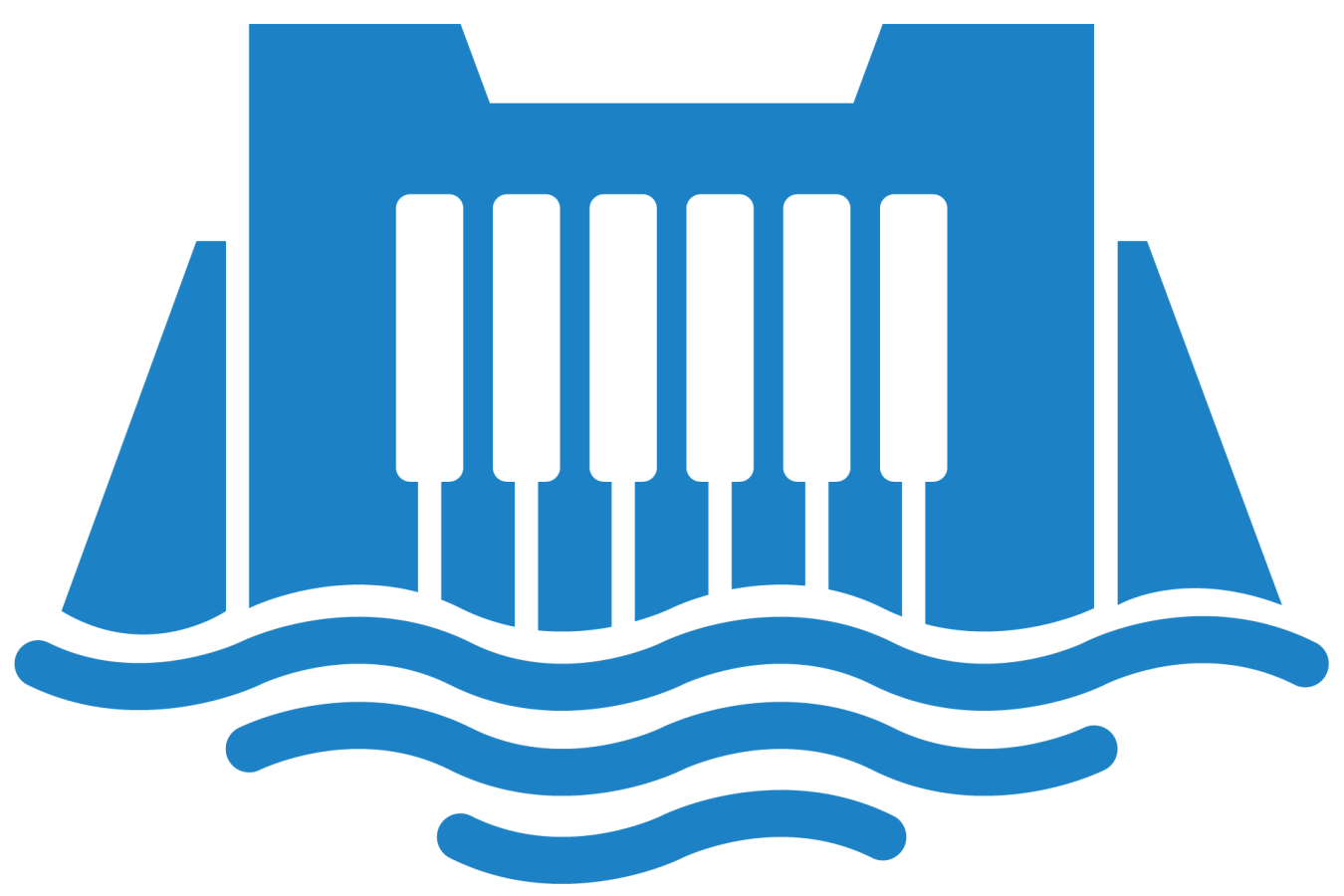Researchers evaluated challenges and opportunities facing the hydropower industry and how it could attract a new, more diverse workforce.
Water Power Technologies Office
March 14, 2024Hydropower Program
Data Access, Analytics, and Workforce Development
Project Name: Hydropower Workforce Report
Project Team: National Renewable Energy Laboratory (lead) and the Hydropower Foundation
Lead Recipient Location: Golden, Colorado

In October 2022, researchers from the National Renewable Energy Laboratory (NREL) published a report, U.S. Hydropower Workforce: Challenges and Opportunities, that summarizes current trends in the U.S. hydropower workforce. The report could help the hydropower sector understand what challenges are preventing it from recruiting workers and how to close workforce gaps.
Although the hydropower industry is more than a century old, this renewable resource still has significant untapped potential. But more than a quarter of today's hydropower industry workers will reach retirement age in the coming years. To capitalize on hydropower's potential, the country will need to expand its workforce. NREL experts set out to understand current challenges and potential strategies to recruit a new generation of workers.
The hydropower sector needs to recruit a new and more diverse generation of workers, and WPTO's Hydropower Collegiate Competition introduces students to hydropower and helps them prepare for jobs in this industry.
In partnership with the Hydropower Foundation, the research team surveyed members of the hydropower industry and academia as well as students. Based on those surveys, NREL researchers identified important facts and trends:
- Demographic data and surveys show more work is needed to increase diversity in the U.S. hydropower workforce.
- About 69% of workers are men, which is higher than the average U.S. working population (53%).
- Although slightly more women occupy hydropower jobs (31%) as compared to the energy sector (25%), their numbers are far below the overall U.S. working population (47%).
- Non-white workers make up more of the hydropower industry (30%) than the U.S. energy workforce (26%) and general workforce (22%), but the percentage of white workers has increased 2% since 2019.
- About 73% of industry survey respondents said the hydropower industry has difficulty recruiting women, minorities, Tribal members, and veterans and that these challenges are largely due to limited interest from these groups.
- Nearly 70% of the U.S. schools surveyed do not offer hydropower degree programs.
- More than 60% of U.S. students surveyed indicated they were either unsure or did not see hydropower as a growing field.
- More than 77% of hydropower industry respondents stated that recent graduates have limited knowledge of the hydropower industry, with 23% having no knowledge.
- Jobs in skilled crafts and trades and engineering services will be impacted by high retirement and turnover rates in hydropower in the next 5 to 10 years.
The U.S. Department of Energy’s Water Power Technologies Office (WPTO) is already working to address several of these challenges. For example, students or workers hoping to switch careers can consult a new hydropower career map to chart their path into the industry. WPTO's Hydropower Collegiate Competition also aims to spread awareness and grow skills to better prepare students for careers in hydropower and reach underrepresented students to help increase diversity in the hydropower industry.
-
 The new Hydropower eLibrary serves as a tool for industry stakeholders as they navigate the permitting and licensing process associated with new projects or upgrades at existing facilities.
The new Hydropower eLibrary serves as a tool for industry stakeholders as they navigate the permitting and licensing process associated with new projects or upgrades at existing facilities. -
Researchers evaluated challenges and opportunities facing the hydropower industry and how it could attract a new, more diverse workforce.
WPTO's hydropower e-newsletter features news on R&D and applied science to advance sustainable hydropower and pumped-storage technologies.
The WPTO e-newsletter brings funding opportunities, events, publications, & hydropower and marine energy updates directly to your inbox.


